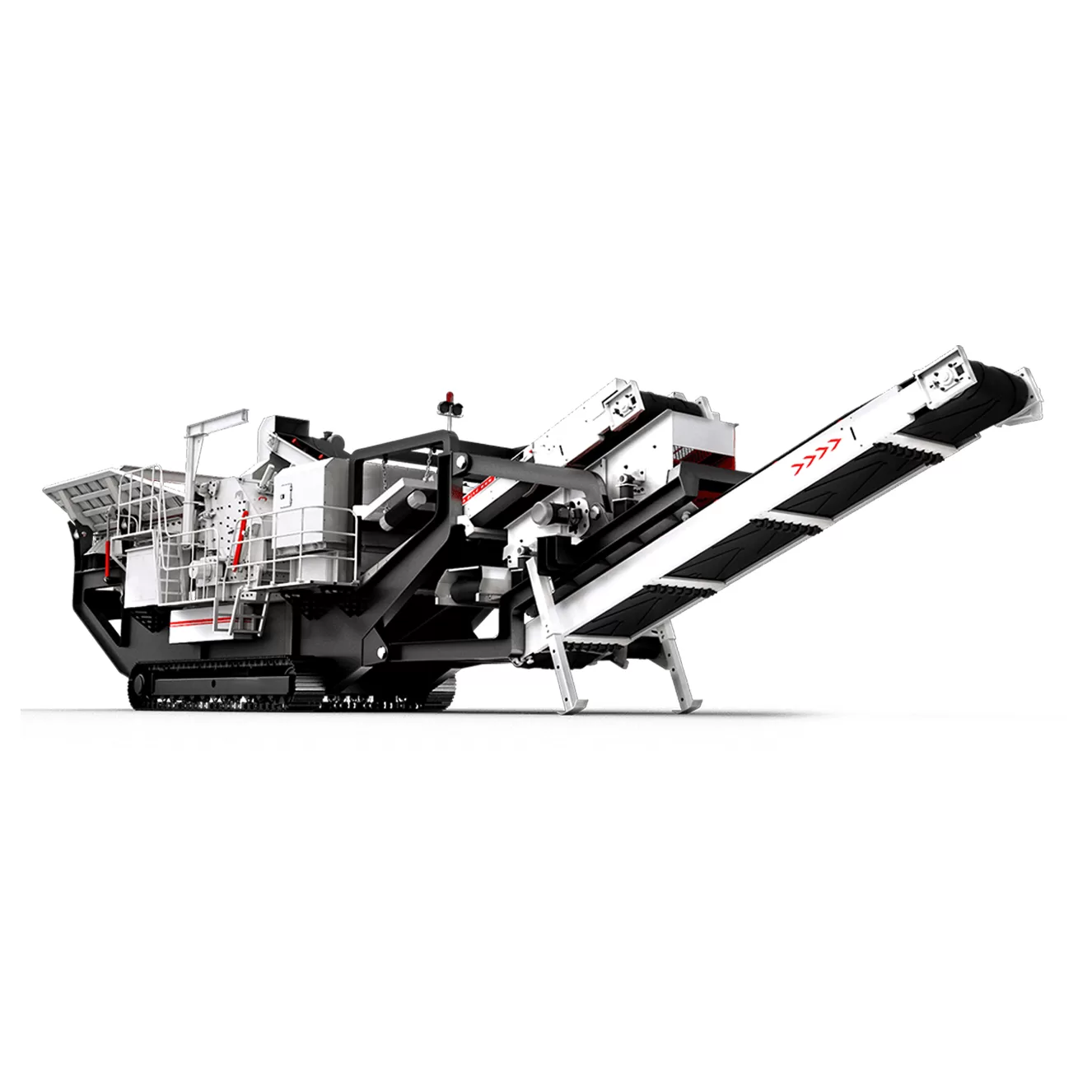全站搜索
Search the entire website
Search the entire website
This machine mainly consists of hopper, vibrating feeder, primary crushing equipment, conveyer belt, multilayer screen, medium crushing equipment, fine crushing equipment, movable belt conveyor, sand washer & washing apparatus and electric controlling equipment.
A track-mounted impact crusher uses high-speed blow bars to strike material, causing it to shatter along natural fissures. Mounted on tracks, it moves easily around sites, ideal for secondary crushing, aggregate shaping, and recycling applications like concrete and asphalt.
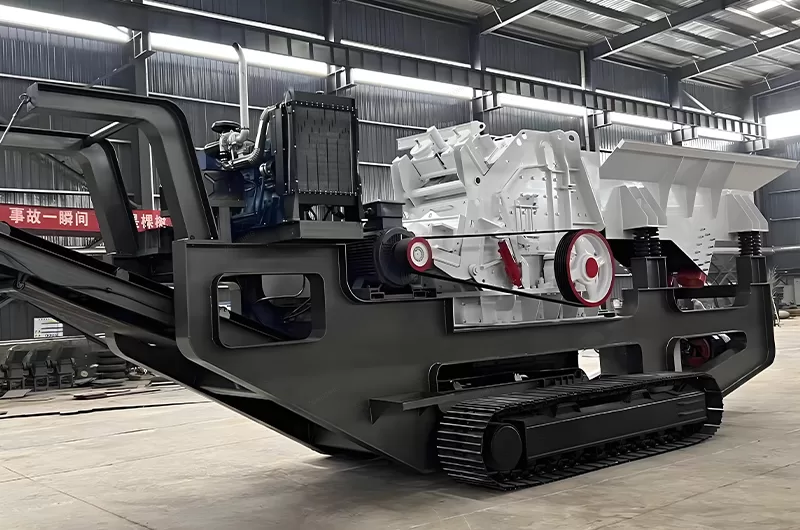
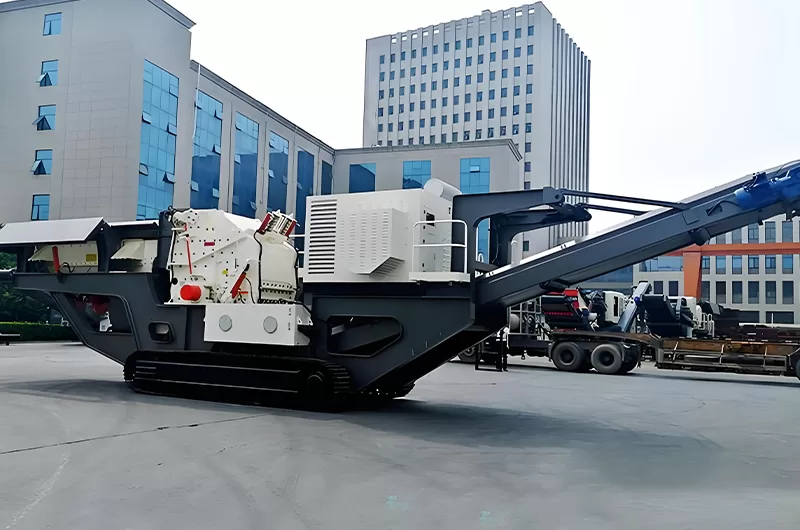
This machine combines the crushing principle of an impactor with the go-anywhere capability of a tracked chassis. It’s a vital tool for many aggregate producers and recycling operations. ZONEDING MACHINE builds robust track impactors designed for performance and reliability in demanding conditions.
A track-mounted impact crusher uses a rotor with blow bars spinning at high speed to strike feed material. This differs from jaw crushers (compression between plates) and cone crushers (compression within a cavity), resulting in different product shapes and suitability for various materials.
Inside an impact crusher (also known as HSI – Horizontal Shaft Impactor), material enters the chamber and meets a fast-spinning rotor fitted with blow bars (hammers).
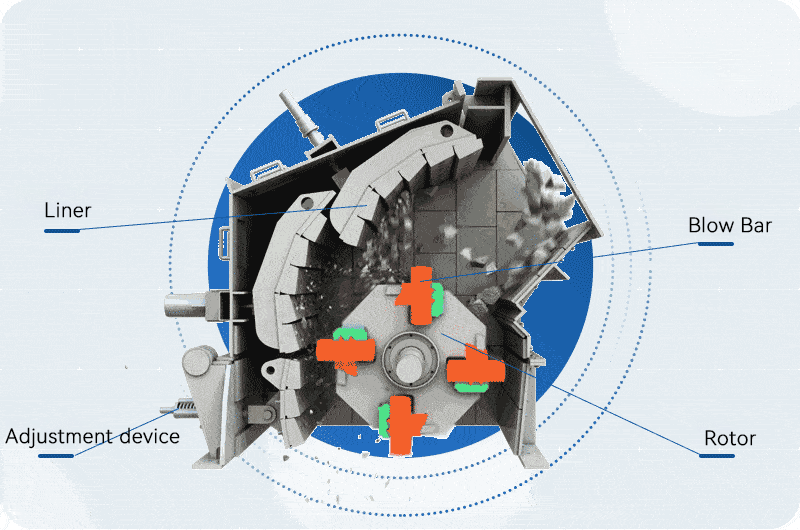
| Feature | Track-Mounted Impact Crusher (HSI) | Track-Mounted Jaw Crusher | Track-Mounted Cone Crusher |
|---|---|---|---|
| Crushing Action | High-speed impact, rebound, attrition | Slow compression | Compression and grinding |
| Typical Stage | Secondary, Tertiary, Recycling (Primary for soft rock) | Primary | Secondary, Tertiary, Quaternary |
| Feed Material | Medium-hard to soft rock, C&D waste, asphalt | Hard to medium-hard rock, large feed | Hard to medium-hard abrasive rock |
| Product Shape | Excellent (Cubical) | Generally Flaky | Good (Cubical, but less than HSI) |
| Reduction Ratio | High (can be, material dependent) | Moderate | Moderate |
| Wear Parts Cost | Higher (Blow bars, impact plates) | Lower (Jaw plates) | Moderate (Mantle, concave) |
| Fine Generation | Can be higher | Lower | Lower to Moderate |
| Sensitivity | More sensitive to abrasive material & feed | Less sensitive | Sensitive to feed segregation |
Impact crushers when product shape (cubicity) is critical, or for recycling applications.
Jaws are for primary breaking of large, hard rock.
Cones are excellent for secondary/tertiary crushing of hard, abrasive materials.
The core advantages are its self-propulsion (tracked mobility) for easy on-site relocation and its impact crushing principle, which excels at producing highly cubical aggregates and efficiently processing recycled materials like concrete with rebar.

Like its tracked jaw and cone counterparts, the track-mounted impact crusher eliminates the need for:
This drastically reduces setup time and internal haulage costs, allowing the crusher to follow the material source or move easily between stockpiles. ZONEDING track units for reliable and efficient movement.
The impact method offers distinct benefits:
These advantages make track-mounted impact crushers a preferred choice for final stage crushing in aggregate production and a primary tool in recycling yards.
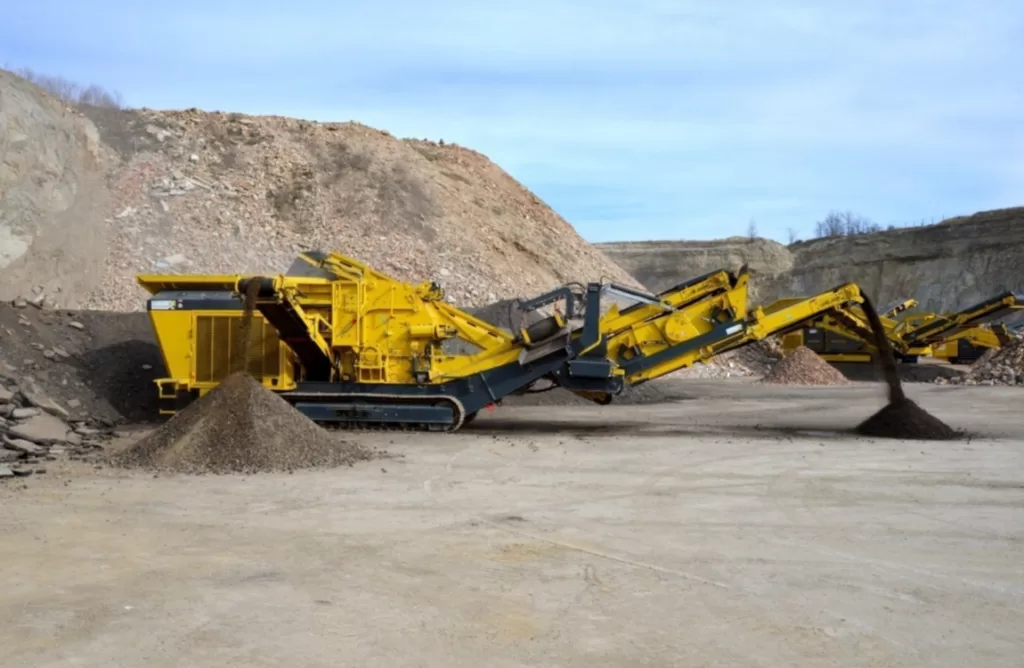
Track-mounted impact crushers excel with medium-hard to soft, non-abrasive rock (like limestone, dolomite, gypsum) and are highly effective in recycling concrete (including reinforced) and asphalt pavement due to their ability to produce good shape and handle contaminants.

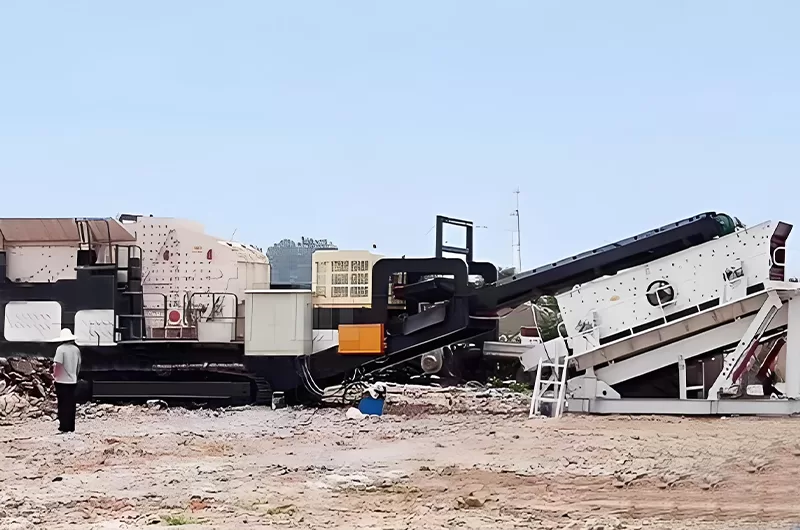
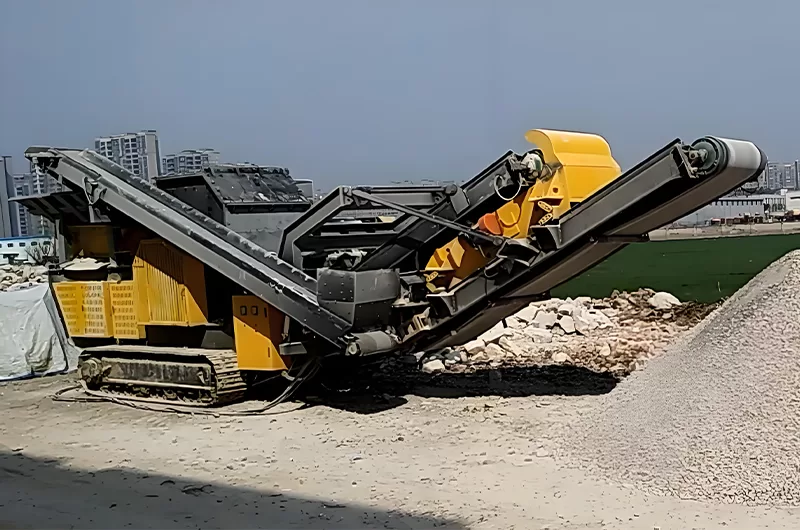

Crucial parameters include rotor diameter and width, maximum feed size, throughput capacity, engine power, CSS/apron adjustment range, transport weight/dimensions, and optional configurations like pre-screens, magnetic separators, and closed-circuit screens with return conveyors.
| Model | ZDM938F1210 | ZDM938FW1214 | ZDM1149F1315 | ZDM1349HD1110 | ZDM1349HD1315 |
| Transportation Length(mm) | 12000 | 12000 | 13900 | 15450 | 15450 |
| Transportation Width(mm) | 2550 | 2550 | 2900 | 2950 | 2950 |
| Transportation Height(mm) | 3900 | 3900 | 4450 | 4500 | 4500 |
| Maximum Length(mm) | 12500 | 12500 | 13900 | 15450 | 15450 |
| Maximum Width(mm) | 3250 | 3260 | 3250 | 3250 | 3250 |
| Maximum Height(mm) | 5100 | 5200 | 5200 | 5200 | 5200 |
| Weight(t) | 39 | 44 | 54 | 62 | 62 |
| Crusher Model | PF-1210 | PF-1214 | PF-1315 | HD1110 | HD1315 |
| The Maximum Feeding Size(mm) | 350 | 350 | 500 | 400 | 700 |
| Production Capacity(t/h) | 70-130 | 100-180 | 130-250 | 112 | 280 |
| Vibrating Feeder | ZSW950×3800 | ZSW950×3800 | ZSW110×4900 | ZSW130×4900 | ZSW130×4900 |
| Main Belt Conveyor | B800×8.5M | B800×8.5M | B1000×9.5M | B800×11M | B1200×11M |
| Side-opening Belt conveyor(Optional) | B500×3.2M | B500×3.2M | B650×4M | B650×4M | B650×4M |
| Genset(Optional) (kw) | 320 | 320 | 400 | 320 | 440 |
| Iron Separator (Optional)(kw) | RCYD(C)-8 | RCYD(C)-8 | RCYD(C)-10 | RCYD(C)-8 | RCYD(C)-12 |
Track-mounted impact crushers are versatile tools for producing quality aggregates and recycling materials. ZONEDING MACHINE offers reliable, customizable solutions.
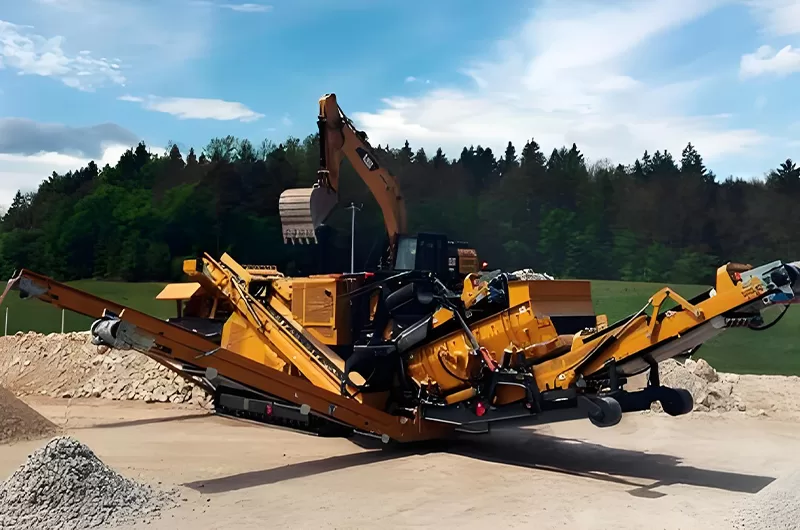
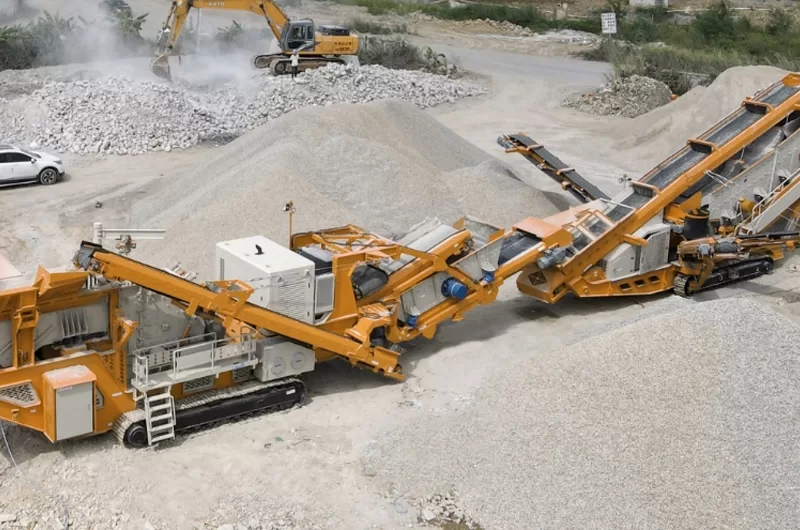

Selection hinges on material characteristics (max feed size, hardness, abrasiveness), required throughput (tph), desired output size (CSS), available motor power, and budget. Careful analysis ensures optimal, cost-effective performance.
Proper installation requires a robust, level foundation and precise alignment. Correct operation involves thorough pre-checks, empty start-up, controlled uniform feeding, avoiding overload/choking, and following the proper shutdown sequence.
Daily checks include fasteners, lubrication, and visual inspection of wear parts. Regular maintenance involves deeper inspections and component servicing. Extend jaw plate life significantly through proper material selection, uniform feeding, pre-screening, and strategically rotating or flipping the plates.
Common faults include sudden stops (choking), reduced output, jaw plate issues, bearing overheating, excessive vibration, and toggle plate breakage. Troubleshooting involves systematically identifying causes like blockages, wear, loose parts, or improper settings.
Jaw crushers excel at primary crushing of large, hard materials due to their robustness. Cone crushers are better suited for secondary/tertiary hard rock crushing, offering higher reduction and better shape. Impact crushers produce excellent cubical product but wear much faster on hard, abrasive rock.
